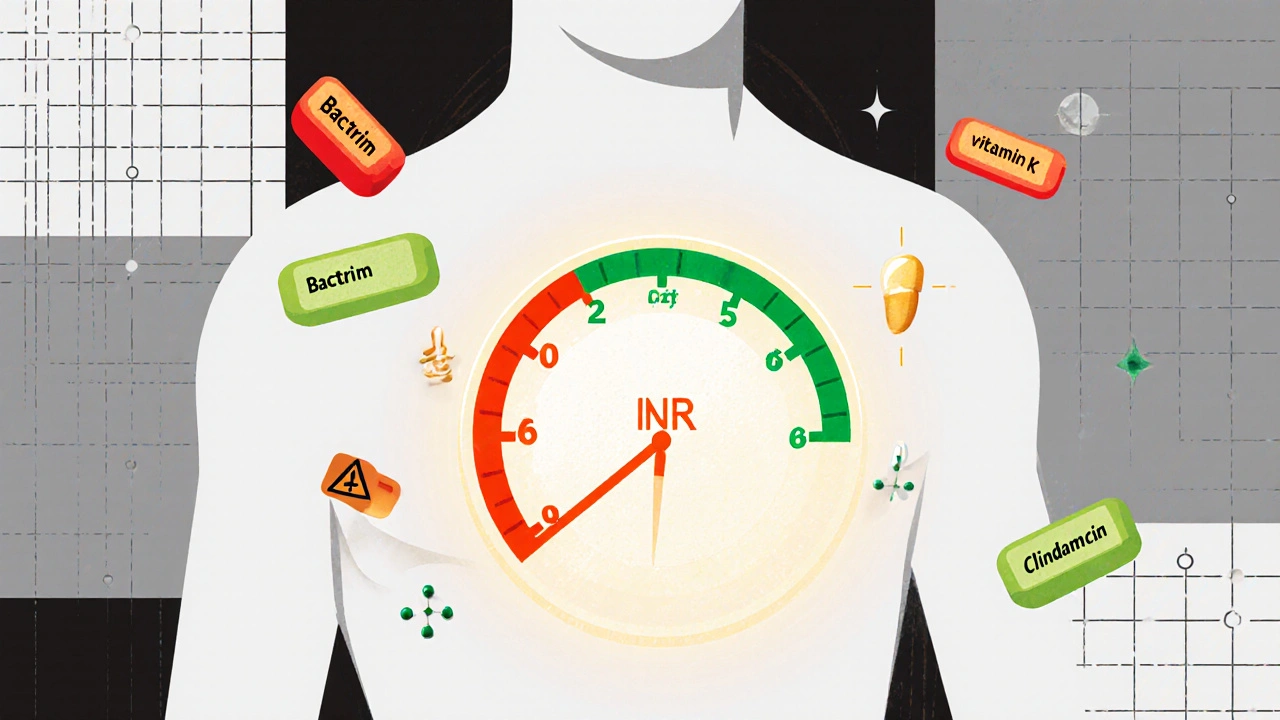INR Monitoring: What It Is, Why It Matters, and How It Keeps You Safe
When you're on a blood thinner like warfarin, a vitamin K antagonist used to prevent dangerous blood clots. Also known as coumadin, it requires careful tracking to stay in the safe zone. That’s where INR monitoring, a standardized blood test that measures how long it takes your blood to clot comes in. INR stands for International Normalized Ratio — it’s the universal number doctors use to see if your blood is thinning just right. Too high, and you risk bleeding inside your brain or gut. Too low, and you could get a stroke or a pulmonary embolism. It’s not a guess. It’s a number that saves lives.
This isn’t just for people on warfarin. anticoagulant therapy, any treatment designed to slow blood clotting to prevent strokes, DVTs, or heart complications often needs INR checks. Whether you have atrial fibrillation, a mechanical heart valve, or a history of deep vein thrombosis, your INR tells your doctor if your dose needs adjusting. It’s not something you do once and forget. It’s ongoing. Some people test weekly. Others every few weeks. Your body changes — your diet, your liver, even the season — and so does your INR. That’s why consistency matters. Missing a test isn’t just inconvenient; it’s risky.
What you eat, what you take, and even how you sleep can shift your INR. Vitamin K in leafy greens can make warfarin less effective. Certain antibiotics can make it too strong. Even over-the-counter painkillers or herbal supplements like ginkgo or garlic can throw things off. That’s why coagulation test, a lab procedure that evaluates the blood’s ability to form clots results aren’t just numbers on a page — they’re clues to how your whole system is reacting. Your doctor doesn’t just look at the number. They look at your history, your symptoms, your meds, and your lifestyle. That’s the full picture.
You don’t need to memorize ranges, but you should know your target. For most people on warfarin, it’s between 2.0 and 3.0. For those with mechanical heart valves, it might be higher — up to 3.5. Anything outside that window means action. A quick dose change. A follow-up test. Maybe a visit. The goal isn’t perfection. It’s control. And INR monitoring is the tool that makes that possible.
Below, you’ll find real-world guides on how INR monitoring ties into everything from medication timing to managing side effects, avoiding interactions, and staying safe while on long-term blood thinners. Whether you’re just starting out or you’ve been on this path for years, these posts give you the practical details you won’t get from a one-minute doctor’s visit.

Managing Warfarin and Antibiotics: Common Interaction Issues
- Nov, 1 2025
- 9
Warfarin and antibiotics can interact dangerously, raising bleeding risk. Learn which antibiotics are safest, when to check your INR, and how to avoid serious complications without stopping your medication.
Categories
- Health and Wellness (51)
- Medicine (36)
- Health and Medicine (23)
- Women's Health (9)
- Mental Health (8)
- Men's Health (7)
- Beauty and Wellness (4)
- Health Information (4)
Archives
- December 2025 (12)
- November 2025 (25)
- October 2025 (27)
- September 2025 (14)
- August 2025 (3)
- July 2025 (2)
- June 2025 (2)
- May 2025 (3)
- April 2025 (4)
- March 2025 (4)
- February 2025 (2)
- January 2025 (3)
- online pharmacy
- medication safety
- dietary supplement
- health benefits
- dietary supplements
- prevention
- fertility
- online pharmacy Australia
- treatment
- treatment options
- benefits
- connection
- drug interaction
- drug interactions
- pregnancy
- Cancer Treatment
- depression medication
- antidepressants
- quality of life
- anxiety treatment
